Shelves made from a year-and-a-half’s worth of coffee grounds, bricks made out of bacteria, and wood made from newspaper are just a few of the items found in the “Future Fossils: SUM” exhibit.
The exhibit, made by sculpture artist and School of the Art Institute professor, Lan Tuazon, is a conclusion to a three part trilogy on the “deconstruction of power,” showcased at the Hyde Park Art Center, located at 5020 S. Cornell Ave. The exhibit runs through Saturday, Nov. 13.
Some of Tuazon’s inspirations for “Future Fossils: SUM” stem from Filipino culture, anthropology, and a new category of rocks she learned about, called plastiglomerates.
”I realized that somehow even the sample of this specimen of new plastic rocks wasn’t enough to really bring it home to our everyday behavior and actions,” Tuazon said. “So I was trying to think about a form that would help people understand how their everyday lives impact a larger environment.”
Tuazon began the process in 2015, collecting about 200 plastic containers from flea markets and other sources aiming to show the hierarchy humans have in regards to nature, and the lasting impact this has on the environment.
Viewers can walk through the exhibit, structured as a house with a kitchen, bedroom, bathroom, living area and patio. Each room displays objects transformed from different recycled or found materials.
As a sculptor, Tuazon said she is constantly mindful about how she can create a psychological connection to object and material, which she said was challenging when working with commodities, like plastic.
“I started to think about how a plastic bottle could never be understood, in terms of the way we engage it,” Tuazon said. “You have such a temporary need to consume whatever is in the contents of that bottle, and then we throw it away and that bottle is around for a long time. And so it seems to me that time was an issue, the temporary satisfaction of our present needs, and then the longevity of that temporary satisfaction into the planet.”
Tuazon exhibits this concept through her collected plastic bottles that are cut in half and nested inside of one another; found in the kitchen within the house.
“Future Fossils: SUM” will be shown at the Hyde Park Art Center until Nov. 13. Every object in the exhibit will be repurposed to the Hyde Park Art Center or to other artists, students, designers, and organizations, ensuring the exhibit is zero waste.
Works from other artists are displayed as well, including some of Tuazon’s sculpture students at SAIC, Sungho Bae, Ruth Levy, Kate Poulos, Anirah Singh Shaktawat, Rachel Kaching Tang and the facilities manager at the Hyde Park Art Center, Michelle Nordmeyer.
Along with installing parts of the exhibit, Nordmeyer’s plastic bottle relief prints on her used coffee filters can be found in the kitchen of the house, titled “Spring Awakening.”
Nordmeyer said one of her responsibilities as facilities manager is to pick up the garbage outside the Hyde Park Art Center, which is where she collected each of the bottles last spring and then created the prints.
“This is as sure of a sign of spring in this town as anything else. It’s the garbage that is there after the snow melts,” Nordmeyer said.
Nordmeyer said she met Tuazon when she was an artist in residence at the Hyde Park Art Center in 2017.
“I love that [Tuazon is] thinking about [waste] and not just spending all this money doing this big thing and then walking away and leaving a house in the gallery for us to just throw away.”
Allison Peters Quinn, director of exhibitions and residency programs, said the Hyde Park Art Center is conscious about waste with every artist they exhibit ever since students at the art center advocated for the implementation of an environmental policy.
“The student artists came to us and demanded that we have [an environmental] policy,” Peters Quinn said. “And we put that together so that now we do think about that every single time. But with Lan’s in particular, it was great to work with an artist that already was thinking about that, and that wasn’t a new conversation that I had to bring up.”
Peters Quinn said she is hoping “Future Fossils: SUM” prompts artists to rethink their materials, not just reusing, but recreating old materials into new ones.
“There is this history that has been going on about environmental justice and environmental change and sustainability through the arts, but I haven’t seen it like this, like what Lan is doing now and that’s really exciting,” Peters Quinn said.
Incorporated in the exhibit are three different recycling bins, for different plastics. Tuazon welcomes community members and viewers to contribute their recyclables for her future creations made from plastic.
Ultimately, Tuazon said she wants viewers to walk away with the cognizance that 109 tons of waste is the average amount a person creates in their lifetime, and to remember this before they engage or consume something.
”I’m not really trying to find a solution to our current problem,” Tuazon said. “I hope the solution that I have is a temporary solution, because I think ultimately what we have to start doing is stop producing this stuff.”

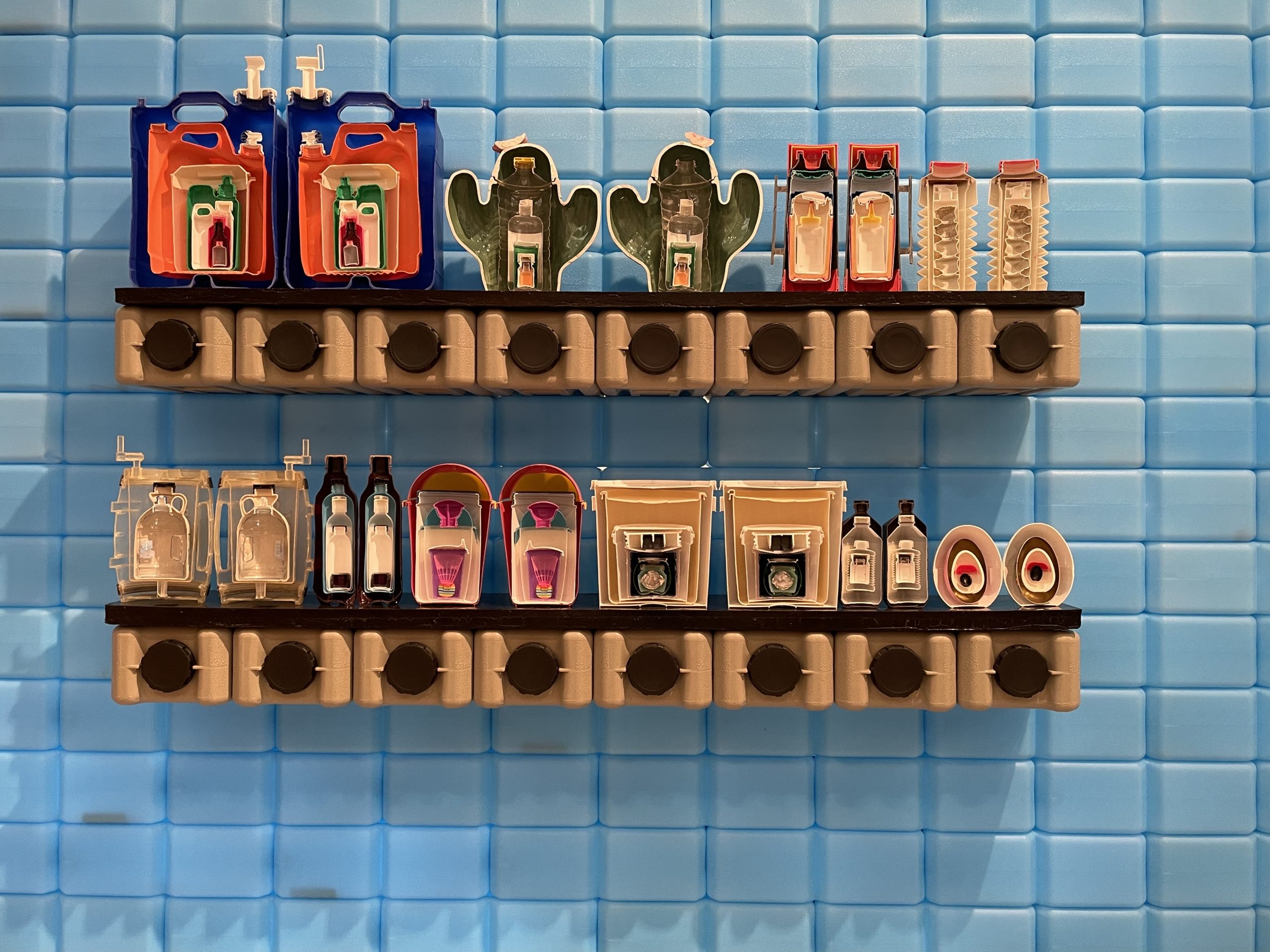
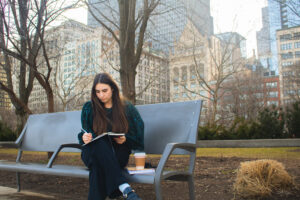
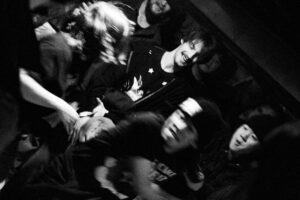
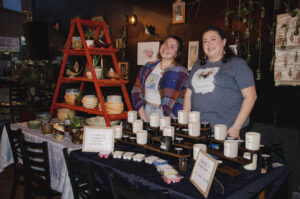
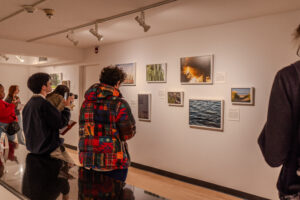
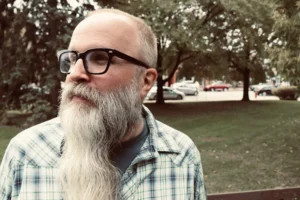

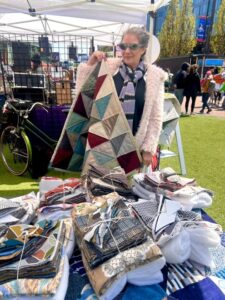
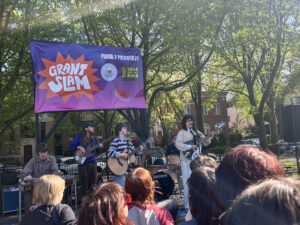

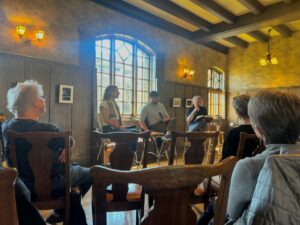
Be First to Comment